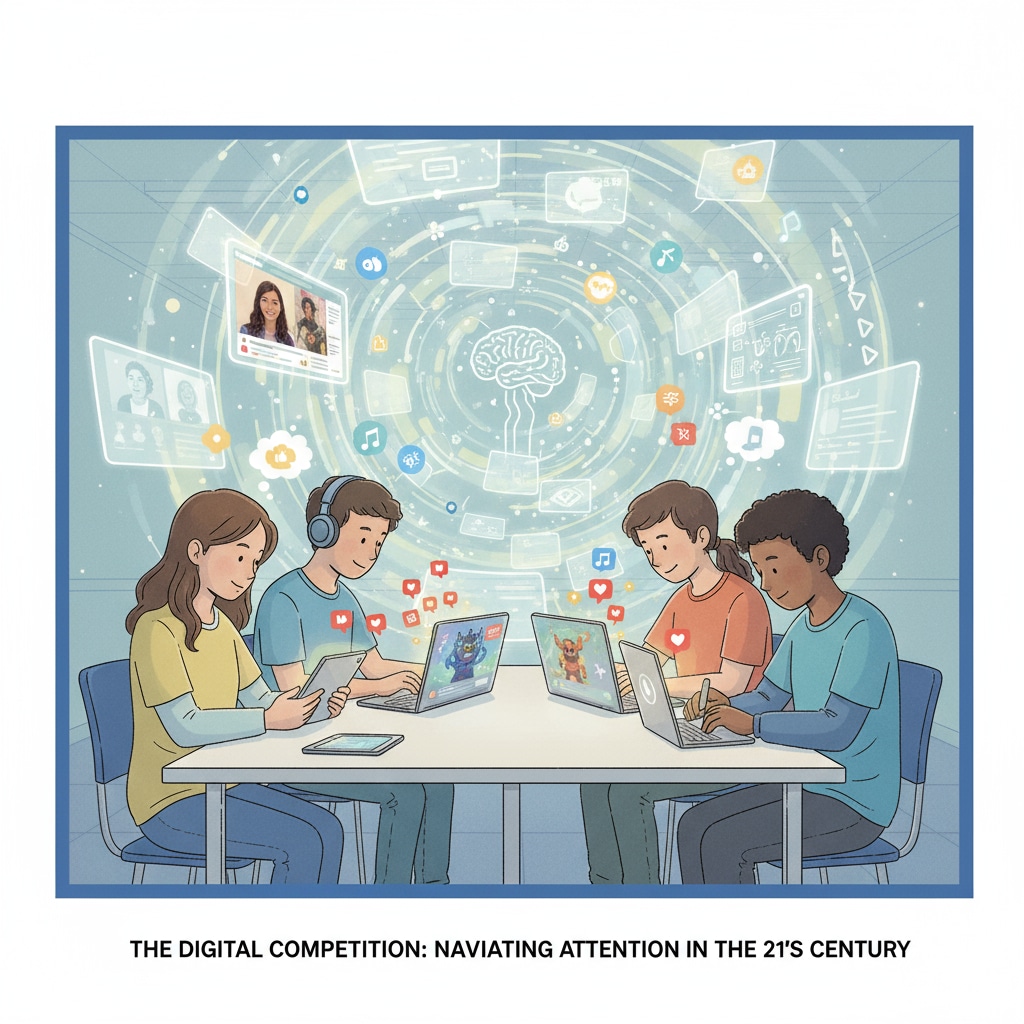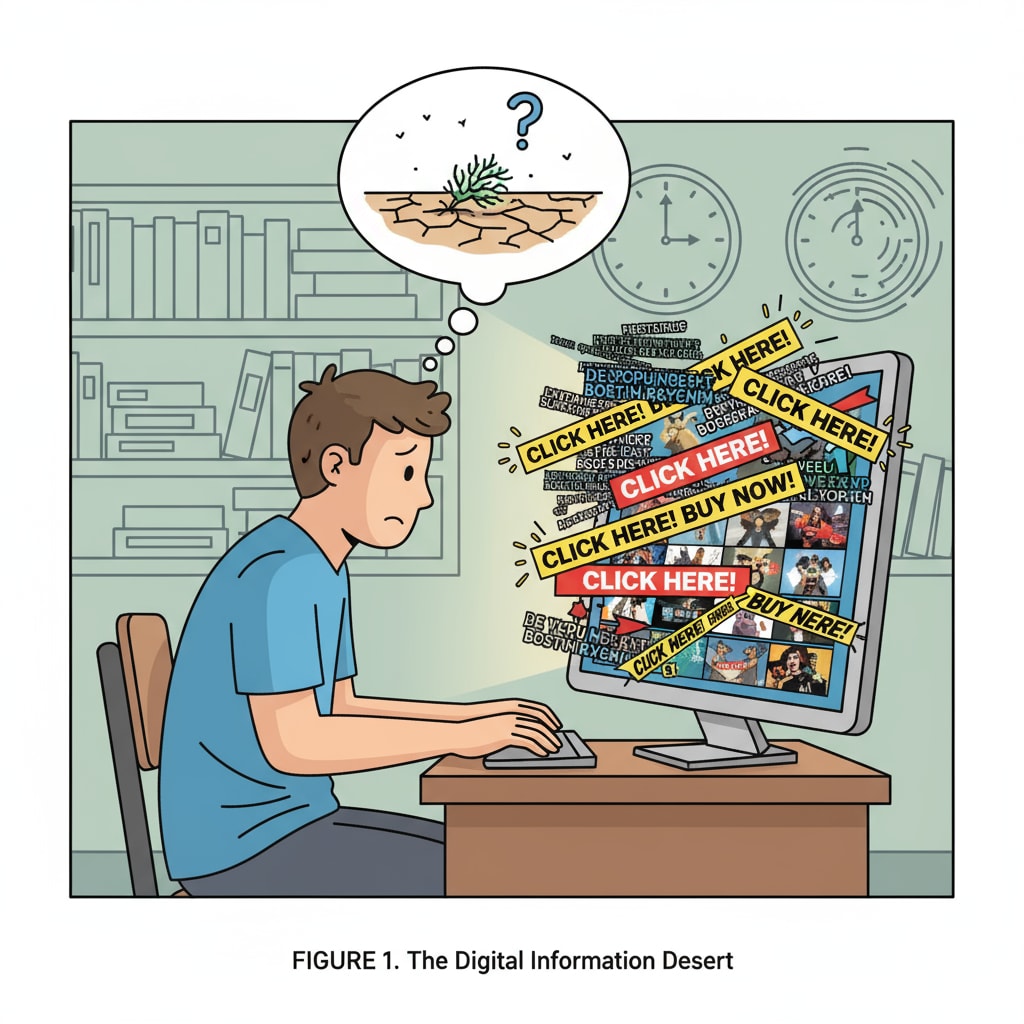In the digital era, the concepts of attention economy, information desert, and tech manipulation are significantly influencing K12 education. Today’s students are constantly bombarded with digital content designed to capture and hold their attention. This has created a complex environment where their cognitive growth is at stake.

The Attention Economy’s Grip on K12 Students
The attention economy refers to the competition among digital platforms to attract and retain users’ attention. For K12 students, this means a constant stream of apps, social media platforms, and online games vying for their time and focus. According to Wikipedia’s entry on the attention economy, these platforms use sophisticated algorithms to personalize content, making it highly addictive. As a result, students’ cognitive resources are being spread thin, leaving less room for deep learning and critical thinking.
The Information Desert Phenomenon
Amid this attention – grabbing chaos, an information desert has emerged. An information desert is a situation where students are exposed to a vast amount of low – quality, superficial information. Tech manipulation plays a role here, as algorithms often prioritize content that generates the most engagement, rather than content that is educational or valuable. For example, students may be flooded with clickbait articles and short – form videos that offer little in terms of in – depth knowledge. This is in line with the concept described on Britannica’s page about the information society.

The combination of the attention economy and the information desert is having a detrimental impact on students’ learning abilities. Their concentration spans are shrinking, and they are finding it harder to engage with complex academic material. However, there are ways for educators to help students navigate this challenging landscape.
Readability guidance: Each section clearly presents key points. The use of external links adds credibility. Transition words like ‘however’ and ‘as a result’ are used to enhance flow. Short paragraphs and simple language make the content accessible.


